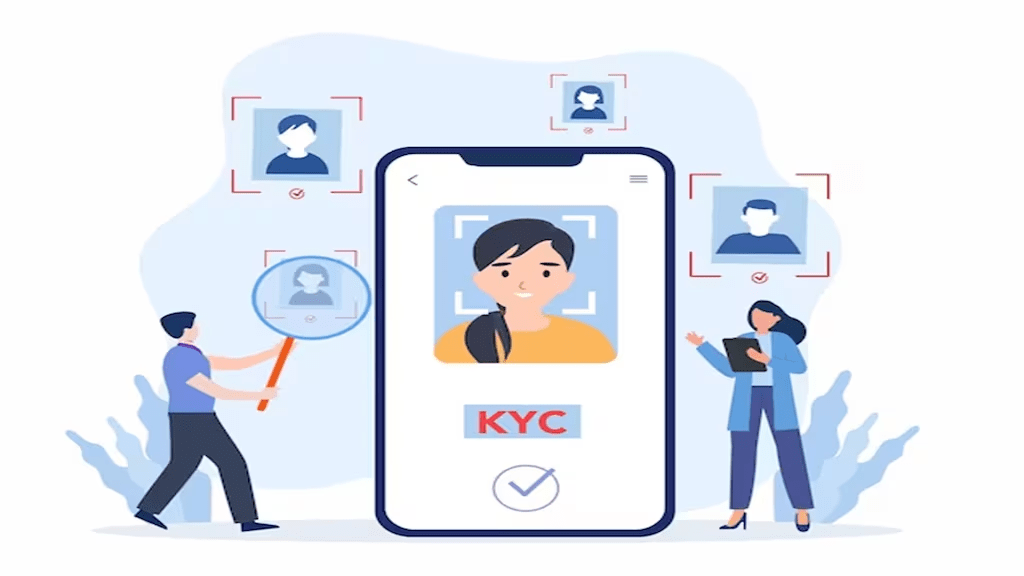The Reserve Bank of India (RBI) has recently announced some key changes to Know Your Customer (KYC) guidelines. These changes are aimed at improving how financial institutions verify the identities of their customers and ensuring a safer and more streamlined process. In this story, we will discuss the breakdown of these key amendments. Before that, we will first understand what KYC is.
What is KYC?
According to the RBI, KYC is a process that involves providing proof of identity and address to open or maintain a bank account. KYC guidelines are in place to prevent money laundering and the financing of terrorism. To open a bank account, you need to provide one document each as proof of identity and proof of address, along with a recent photograph. Acceptable documents include an Aadhaar card, driving license, voter’s ID card, passport, or NREGA card. A PAN card can only be used as proof of identity.
A
What is Digital KYC?
Digital KYC allows customers to verify their identity online by taking a live photo and submitting official documents like Aadhaar. This process also records the location where the photo is taken, making it more secure.
Also read: RBI enhances UPI transaction limits for THESE payments – Details here
Key changes to KYC rules:
Customer identification for multiple accounts
Financial institutions no longer need to redo the Customer Due Diligence (CDD) process if an existing KYC-compliant customer opens a new account or avails of other services with the same institution. This means faster service for existing customers.
High-risk accounts monitoring
The rule about monitoring high-risk accounts has been clarified. These accounts must undergo more intense monitoring to detect any suspicious activity.
Periodic KYC updates
The term “periodic updation” has been introduced to clearly specify that customers should regularly update their KYC information, especially in cases where there are significant changes to their details.
Sharing KYC data with Central KYC Records Registry (CKYCR)
Financial institutions must upload updated KYC information to the CKYCR whenever a customer’s details change. This will help centralize KYC records and make it easier for institutions to retrieve updated information quickly. Institutions are required to update their KYC records within seven days of receiving updated information.
KYC identifier for account relationships
Financial institutions can now retrieve customer KYC records using a KYC Identifier from the CKYCR. This avoids customers needing to submit the same documents again unless their information has changed or if additional verification is needed.
Clarification on UAPA compliance
The UAPA (Unlawful Activities Prevention Act) rules have been updated. The role of the Central Nodal Officer for UAPA compliance has been changed from Additional Secretary to Joint Secretary.
Terminology update
All references to “section” in the KYC Master Directions will now be read as “paragraph,” ensuring consistency in the document.
Why are these changes important?
These updates are designed to simplify the KYC process for both customers and financial institutions. They ensure better data sharing between institutions, encourage timely updates, and strengthen measures against illegal activities like money laundering.
What does this mean for you?
As a customer, you can expect faster processing for account openings and fewer hassles when updating your KYC information. Financial institutions will also have more streamlined and secure access to your KYC data, making the process smoother and more efficient.

